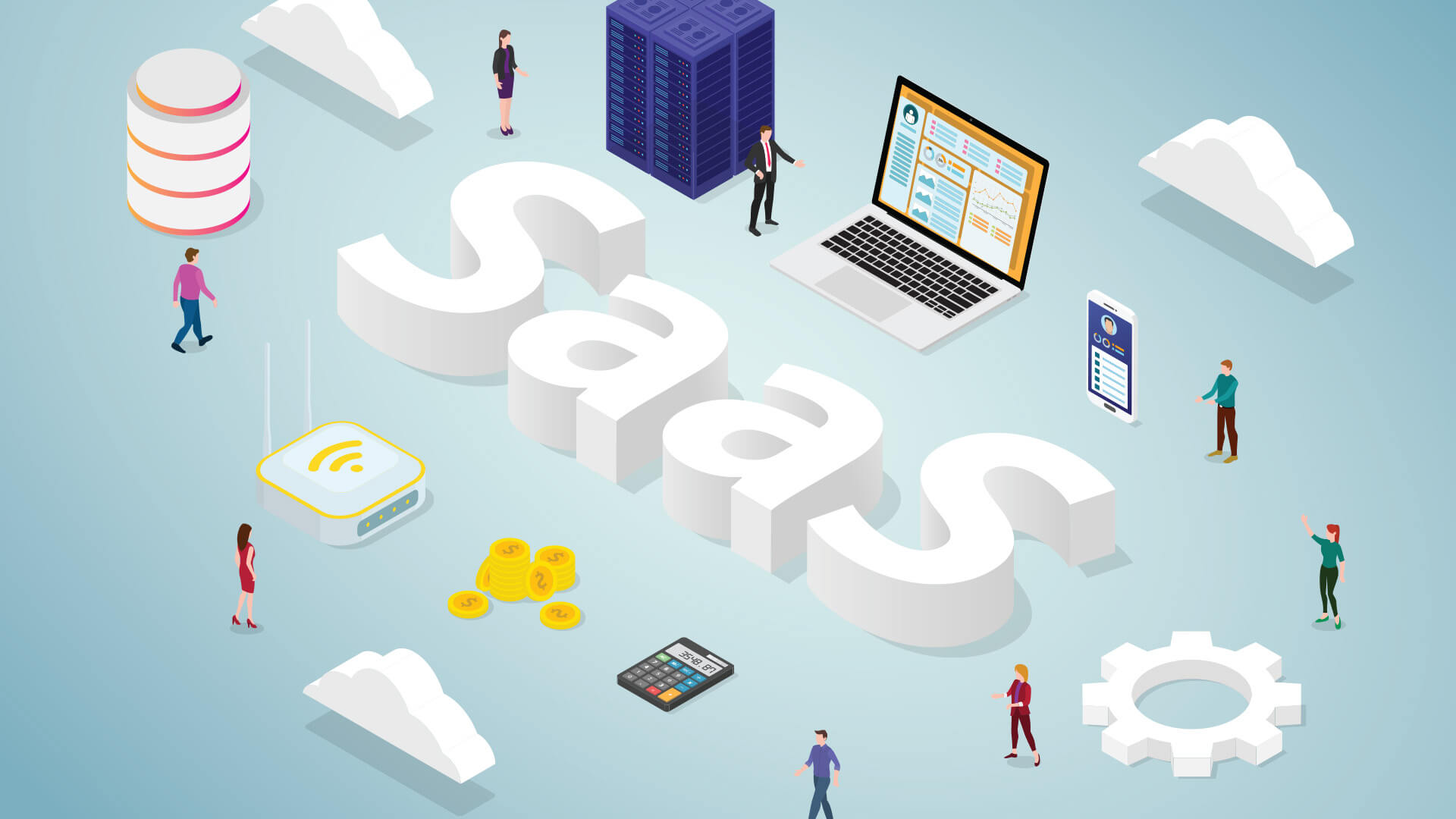Software as a Service (SaaS) first appeared in the early 2000s. Software as a Service is a business model where a company provides customers with cloud-based software for its development. It also guarantees support, maintenance, continuous availability, and automatic updates. Customers, in turn, pay for the instruments on how much they use them.
SaaS features
What makes Software as a Service different is that customers do not buy software or a specific application and install it on their computer. They rent the software and regularly pay to access it from the cloud.
SaaS services take a multi-user approach. All registered clients use the same single software on the host servers. Although the application has the same version and configuration, each client’s data is stored separately from the others. This distinguishes SaaS from licensed software, where each customer uses a separate copy of the program.
SaaS users
The main tenants of cloud software are small and medium-sized companies. They usually need more resources to develop their IT infrastructure or are not willing to take the risk of significant investments. Besides, people who work with temporary or test projects often use SaaS.
However, large companies also use the service. This usually happens if the organization’s infrastructure is distributed over a large area and branch employees need to access shared databases. A vast and constantly updated list of SaaS products have offerings for companies of all sizes.

Advantages of SaaS
The Software as a Service interaction model is beneficial not only to customers but also to developers. The list of benefits for customers includes:
- No overpayments. SaaS benefits small businesses, as its software prices are much lower. Customers only pay for a subscription to the cloud service and do not have to purchase licenses and updates. If customers no longer need the software, they can terminate their subscription anytime.
- No need for installation. Users can immediately start working with software from the cloud. They do not need to spend time downloading and configuring anything.
- Security. The developers protect user data using encryption and automatically back up all databases.
- It is multi-platform. Users can access the software from any synchronized device.
- It has technical support, whose services are included in the subscription price.
- No limits. Users can work with services from anywhere globally, regardless of location.
The list of benefits for service providers includes:
- Quick payback. In the long run, sales revenue from selling subscriptions is noticeably higher than from selling product licenses.
- There is no need to deal with scammers and those who distribute pirated copies.
- Low maintenance costs, as only one software version, exists for all users.
- The ability to implement services that cannot be distributed as traditional software.
The disadvantages of using SaaS include the following:
- It requires an uninterrupted connection to the network. The software cannot be used without a tie. Many developers are trying to solve this problem by providing users with offline access to the platform.
- The application’s functionality cannot be adjusted to the individual requirements of a particular company.
Due to the development of technologies, SaaS solutions have already become a serious competitor to installed software.




